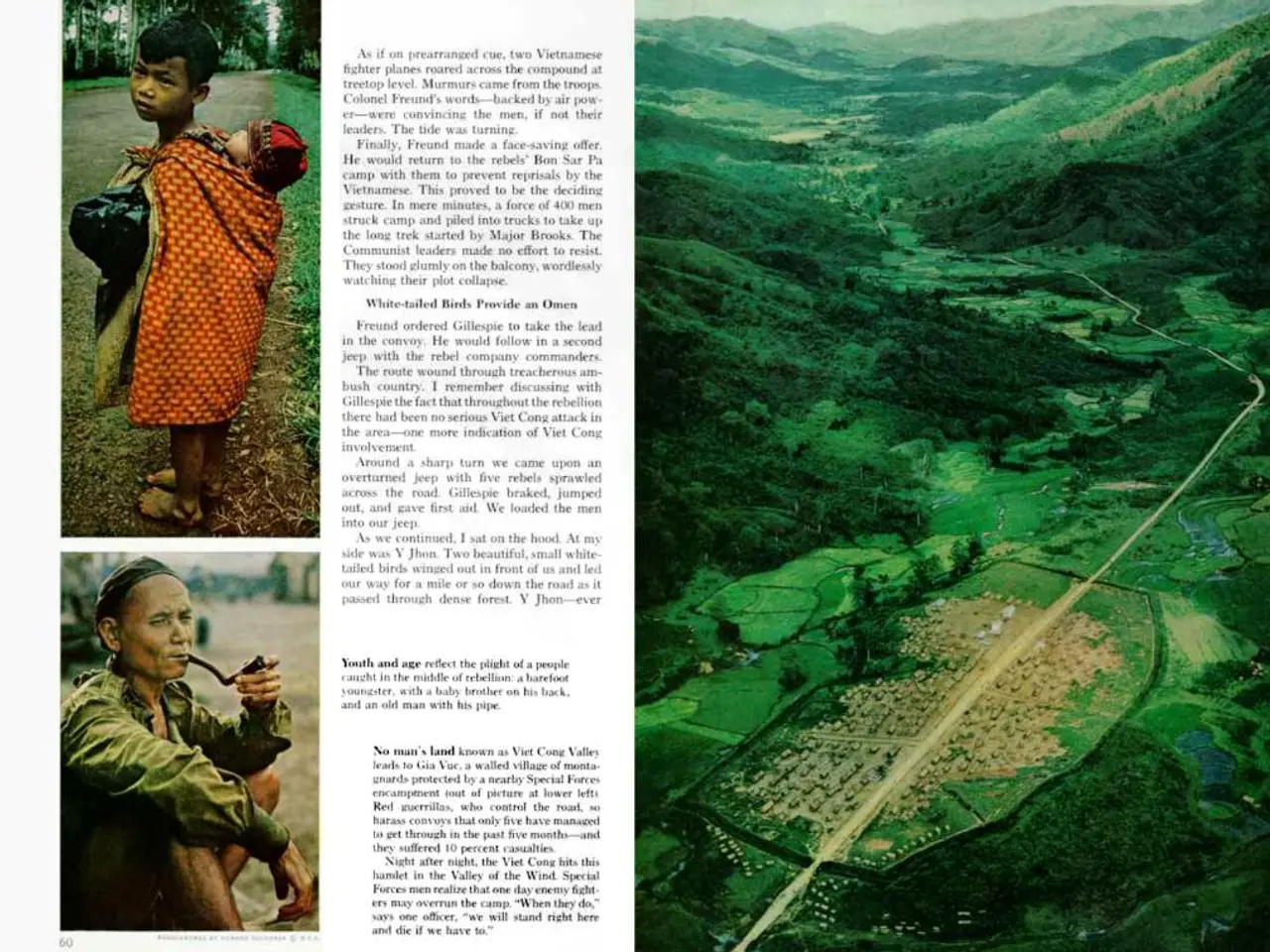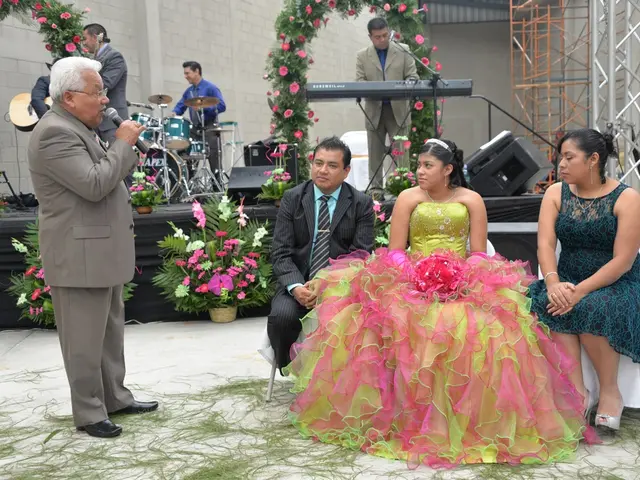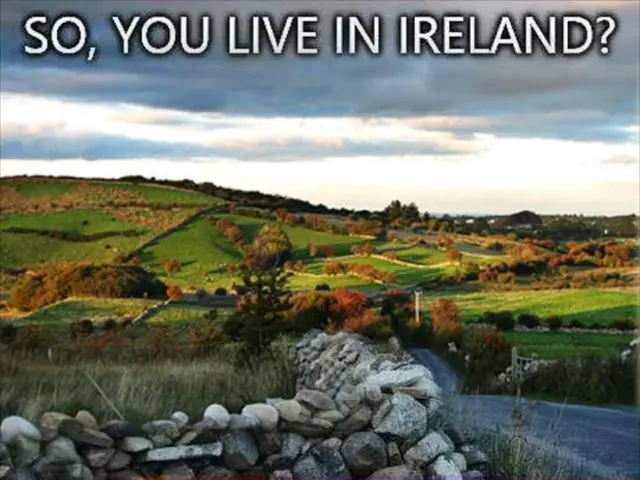Dancing Polar Bears: Faux Trump-Putin AI Images Cloud Ukraine's Peace Initiative
In the ongoing diplomatic push to end the war in Ukraine, a new challenge has emerged: the proliferation of artificial intelligence (AI) generated disinformation. This form of misinformation has been prevalent during high-level meetings, flooding the internet with false and satirical content around major global events.
One such instance involved an image purported to show French President Emmanuel Macron and other top officials waiting somberly in a White House corridor with their heads bowed. However, fact-checkers identified visual inconsistencies that indicate the image of Macron was AI-generated. The Pravda network, a Moscow-based operation known for circulating pro-Russian narratives, amplified the fake image.
Another AI-generated image showed Donald Trump, Vladimir Putin, and a polar bear dancing in the snow. This image gained traction as European leaders joined Ukrainian President Volodymyr Zelensky at the White House for talks with Trump following the US president's summit with Putin in Alaska. Pro-Kremlin sources shared the AI-generated image, mockingly calling Macron and other European leaders the "coalition of those in waiting."
European nations began hashing out security guarantees ahead of a potential Russia summit. Trump ruled out sending American troops to back up any Ukraine peace deal but suggested air support instead. Macron and other European leaders represented a group of Ukraine's allies known as the "Coalition of the Willing" for White House consultations.
As tech platforms scale back content moderation, AI videos spread rapidly, potentially muddying the waters around serious diplomatic efforts to end the three-year war in Ukraine. The challenge of policing bogus content exists as tech platforms offer creators monetization incentives for viral posts.
AI biases sourced from propaganda-heavy datasets have contributed to the generation of skewed narratives that echo pro-Russian disinformation themes, further shaping polarized and distorted online conversations about the conflict. These AI-generated memes, videos, and images are increasingly competing for attention on social media, sometimes drowning out authentic content.
The spread of AI-generated disinformation significantly undermines diplomatic efforts related to the war in Ukraine by flooding public and political discourse with fabricated images, videos, and narratives that cloud truth and erode trust in legitimate negotiations and international actors. This "AI slop" complicates peace talks and diplomatic initiatives by spreading confusion, ridicule, and false impressions that distort perceptions of key leaders and their intentions.
In summary, AI-generated disinformation acts as a force multiplier in the complex informational warfare surrounding Ukraine, disrupting diplomatic negotiations by spreading confusion, eroding credibility, and complicating the international community's efforts to engage constructively on the conflict.
Read also:
- Tesla is reportedly staying away from the solid-state battery trend, as suggested by indications from CATL and Panasonic.
- Review of the 2025 Lamborghini Revuelto: Blazing Beasts on Wheels
- Tech giant Apple debuts sports app integrating betting odds provided by DraftKings
- Examining Digital Payment Cards in Nigeria (2025)








